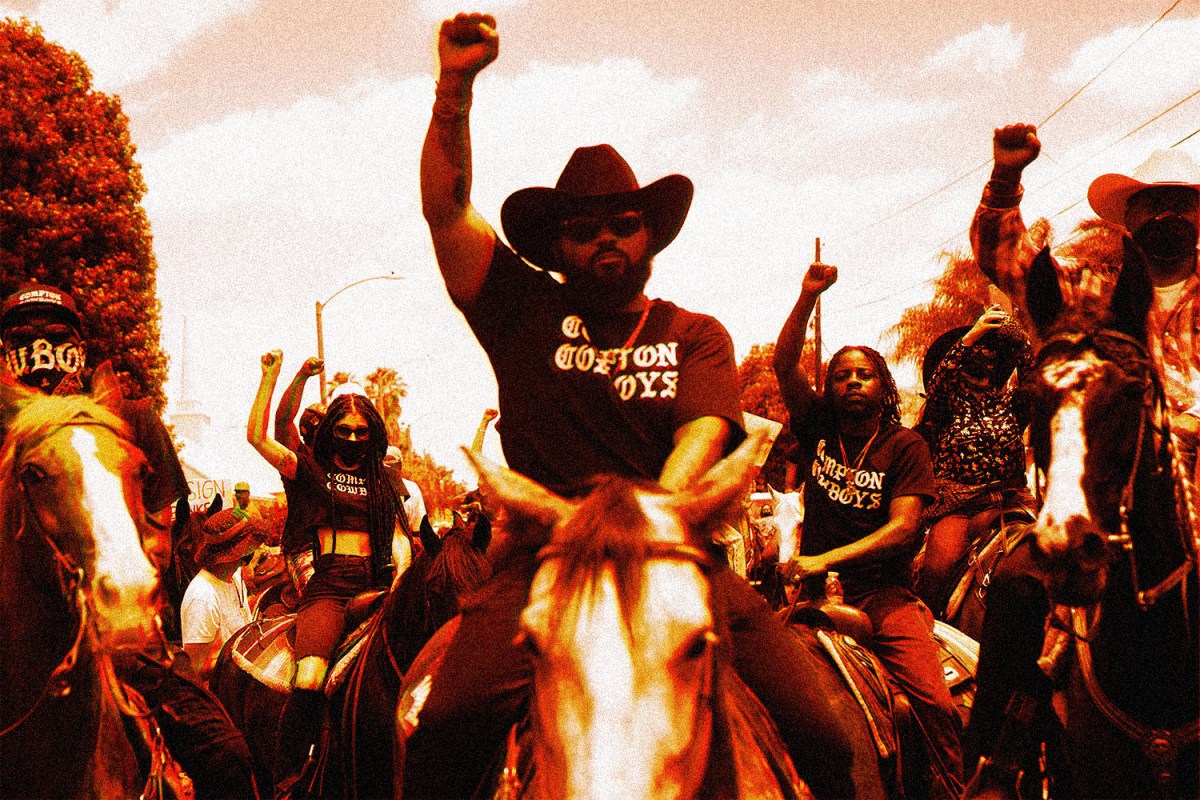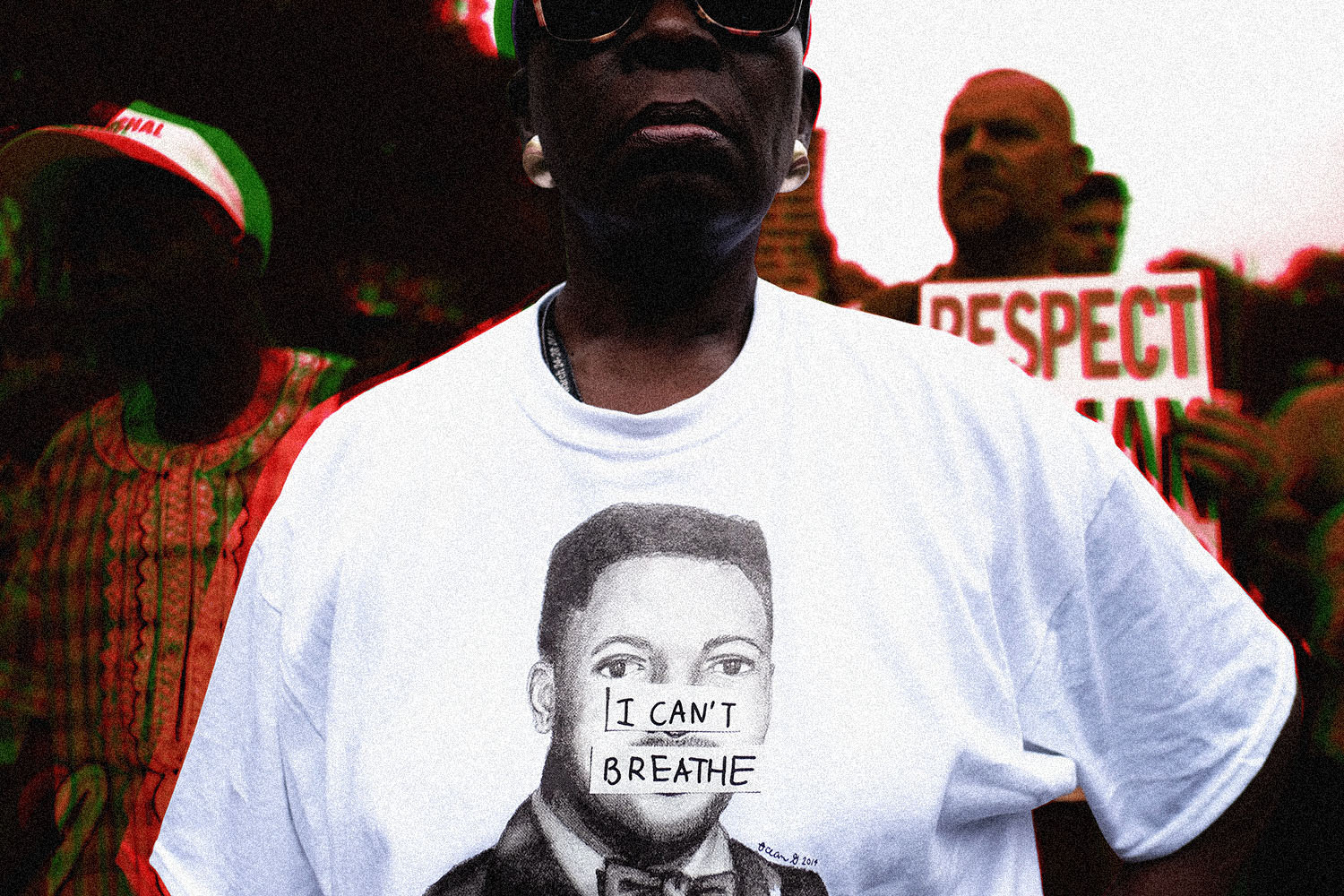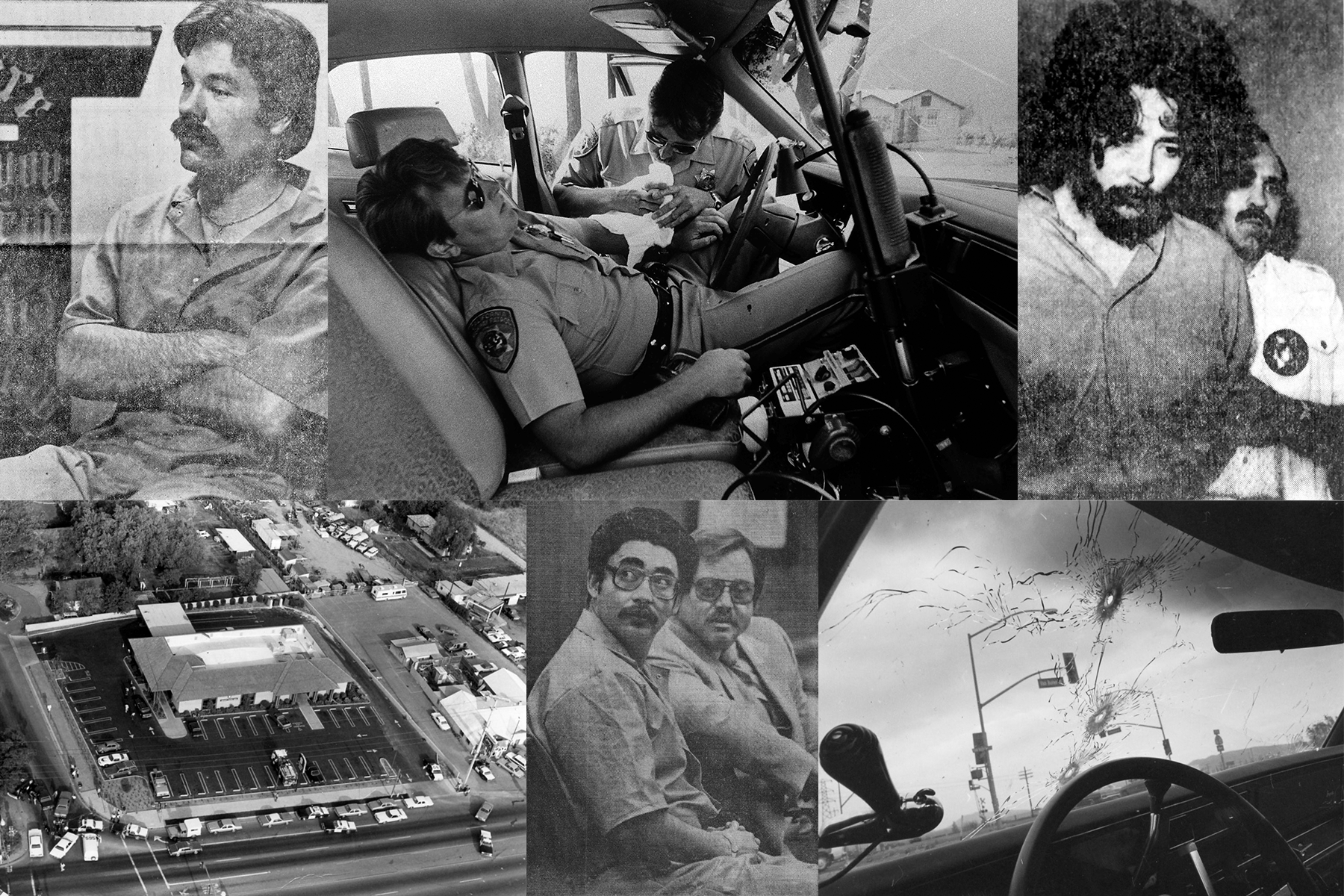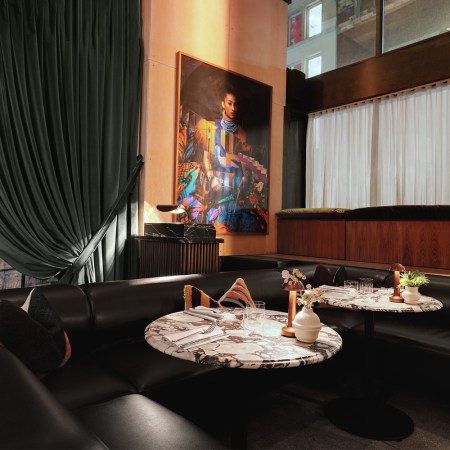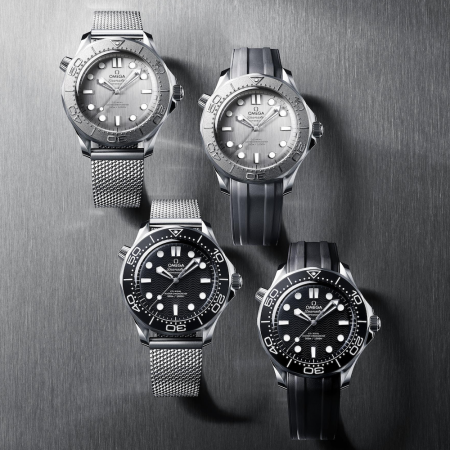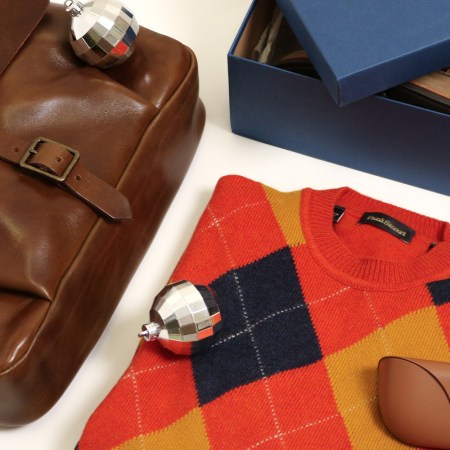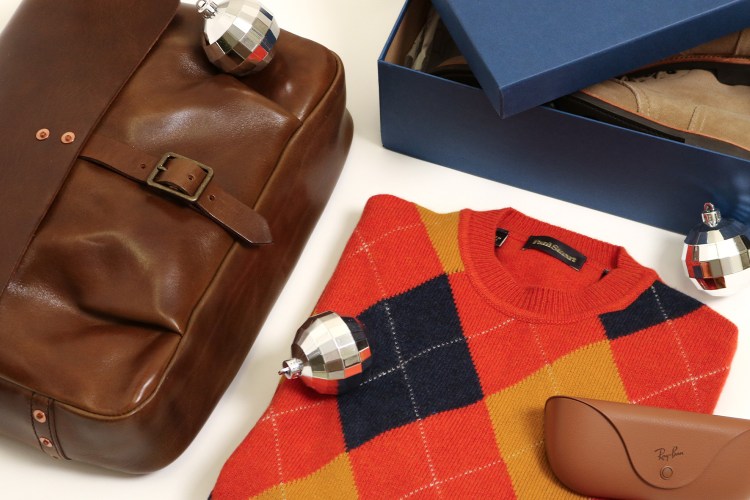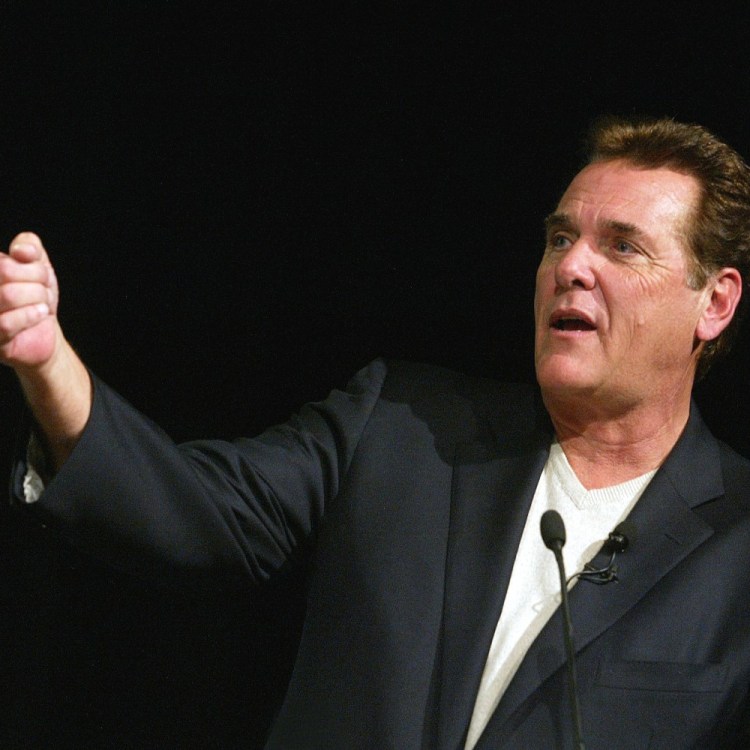There’s a reason every tourist wants to take a picture of the horses in Central Park. The idea that these majestic animals — entwined in the history of humanity from the chariots of Ancient Egypt to the American cowboy — can survive in the hostile, concrete-coated world of New York City is, at first glance, absurd. Watching them paw the ground next to ongoing traffic is delightfully convention-shattering.
Over the last few weeks in the wake of George Floyd’s murder, the delightful and absurd moments of American life have understandably gone by the wayside in favor of deadly serious calls to action for racial justice. And yet, despite the onslaught of news and commentary, both from traditional sources and social media, there has been one group in particular that has been able to break free of the noise: our country’s Black cowboys and cowgirls.
In civil rights demonstrations across the U.S., Black riders on horseback have captured the imagination (and retweets) of Twitter, prompted the sharing of history lessons on Black cowboys and provided an inspiring counterpoint to the mounted police narrative that has defined the use of horses in cities in this country.
“The police often have used their mounted forces as a way of intimidating protestors,” Ralph Young, professor of history at Temple University and author of Dissent: The History of an American Idea, told InsideHook via email. “Immediately Selma in 1965 leaps to mind.”
“Americans have this mythologized image of the Wild West and cowboys and I think the use of mounted police plays into that imagery. Riding tall in the saddle. Being the kind of man that ‘conquered’ the West,” said Young.
Of course, the riders that have emerged literally and figuratively from the current Black Lives Matter protests — sometimes wearing traditional cowboy hats, sometimes strapping signs to their steeds — flip that mythologizing on its head. Yes, they’re riding tall and rallying the people, but instead of conquering per se, they’re doing a sort of reclaiming. They’re not the first, either.
While the U.S. has a long and storied history of mounted police, it also has a history of the oppressed people of this country resaddling the horse for their own purposes. Here are a few of the most powerful moments in equine activism.
Black Lives Matter
“This horse is going to allow me to do something that I’m not going to be able to do on anything else.” That’s what Brianna Noble, founder of Mulatto Meadows, told Vogue after she became the first Black horseback rider to go viral during the protests in the aftermath of George Floyd’s death. Noble and her horse Dapper Dan took to the streets in Oakland; a few days later, larger clubs followed her lead, including an urban trail-riding group in Houston called the Nonstop Riders and the Compton Cowboys in Los Angeles, as The New York Times reported. Besides sauntering amongst the Black Lives Matter protests, they’re also educating the public on the history of Black cowboys; as the Times noted, “one out of every four cowboys during the 19th century was of African-American descent.”
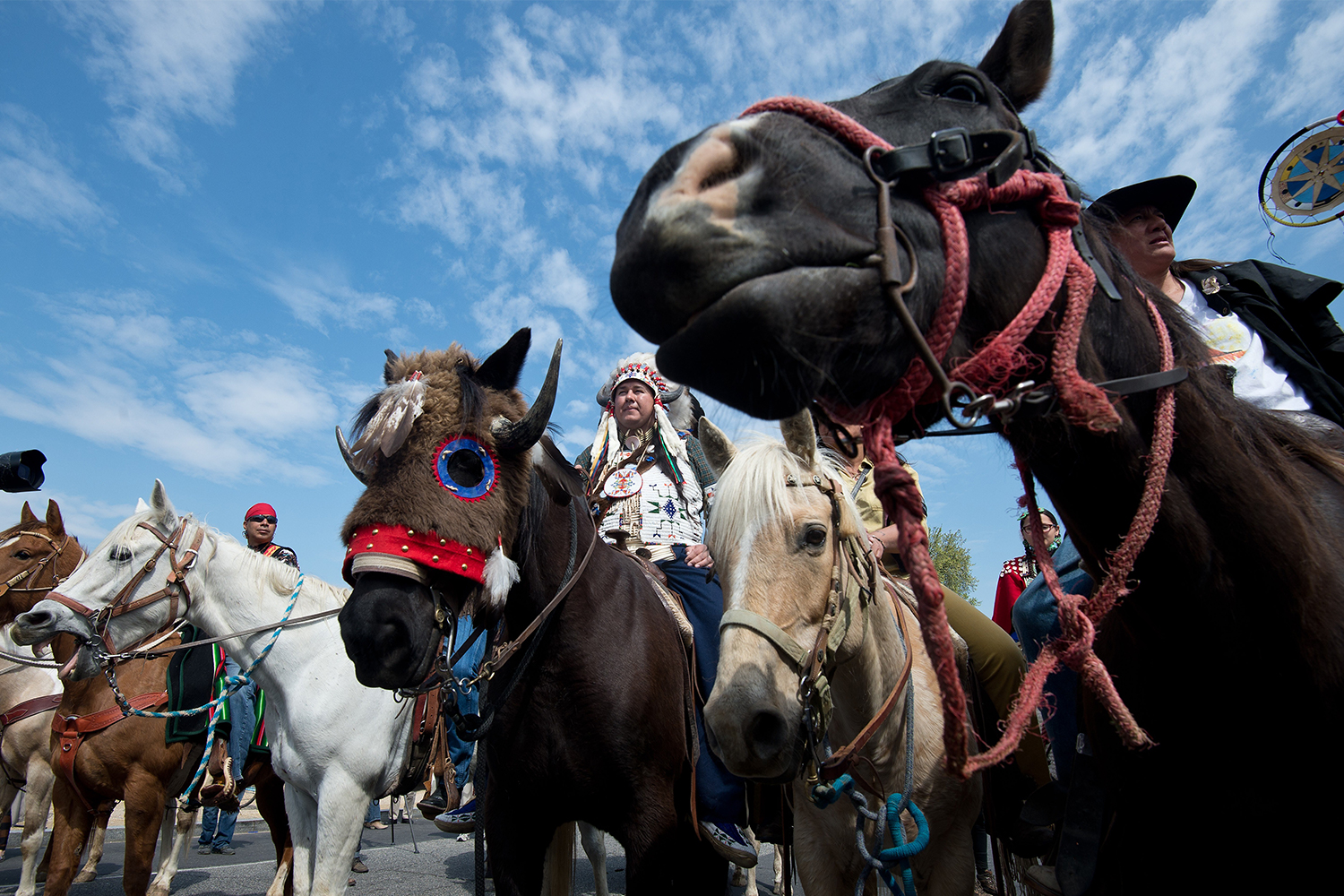
Indigenous Pipeline Protests
Horses are an integral part of life for many Indigenous people of this country, so it’s no surprise the animals play a significant role in demonstrations, from the Dakota Access Pipeline protests at Standing Rock to the annual Dakota 38 + 2 Wokiksuye Memorial ride that honors those killed in the largest mass execution in U.S. history. However, when they ride into downtown city streets (as the memorial riders do in Mankato, Minnesota), the effect becomes magnified — most notably when tribal leaders joined together with farmers and ranchers to form the Cowboy and Indian Alliance for the Reject and Protect protest against the Keystone XL pipeline, which took place in April of 2014 in D.C.
Puerto Rico’s Telegramgate
The residents of Puerto Rico used many tactics to force the resignation of Ricky Rosselló after the governor’s racist, sexist, homophobic and otherwise offensive private messages were leaked last summer. One strategy that caught people’s attention was a massive group ride known as a cabalgata, or cavalcade. “A group of mounted demonstrators rode from the Puerto Rico Convention Center to the Capitol of Puerto Rico, just outside of Old San Juan,” The New York Times reported. Journalist and producer Victoria Leandra retweeted the video above from July 19, 2019; Rosselló resigned on August 2.
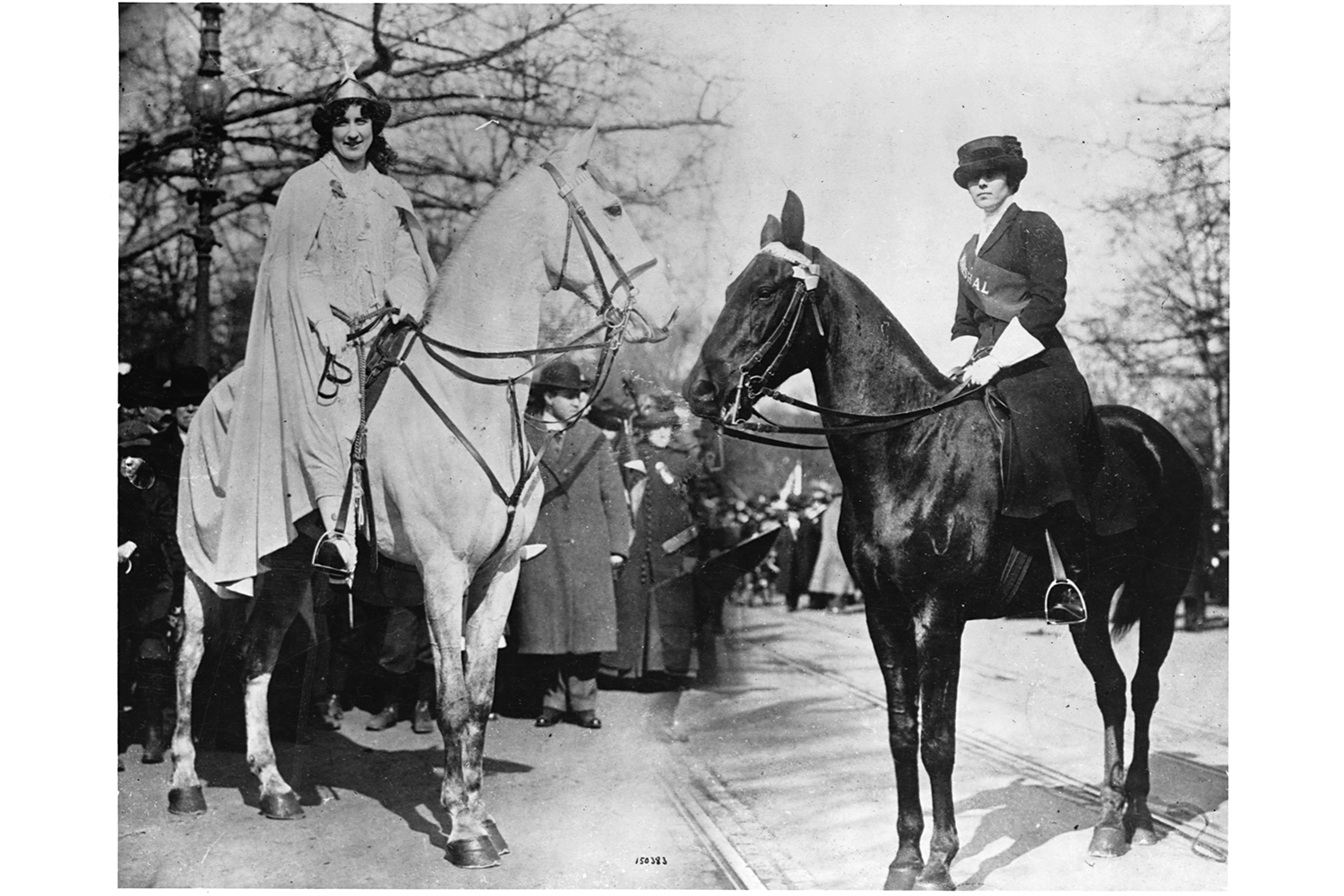
Women’s Suffrage
One of the most powerful images of the women’s suffrage movement in the U.S. is that of a crowned woman atop a horse named Grey Dawn, in white flowing robes in the style of Joan of Arc. That divine rider was Inez Milholland, a prominent lawyer and activist in the women’s movement, though her name has largely been lost to time, partly because she died young at the age of 30. The photo in question was taken at the Woman Suffrage Procession on March 3, 1913, which was held in Washington, D.C. the day before Woodrow Wilson’s inauguration. Milholland rode in other demonstrations, but horses were used by other suffragists in the late 19th and early 20th century as well, often to symbolize equality with men as the women rode astride rather than sidesaddle.
This article was featured in the InsideHook newsletter. Sign up now.
